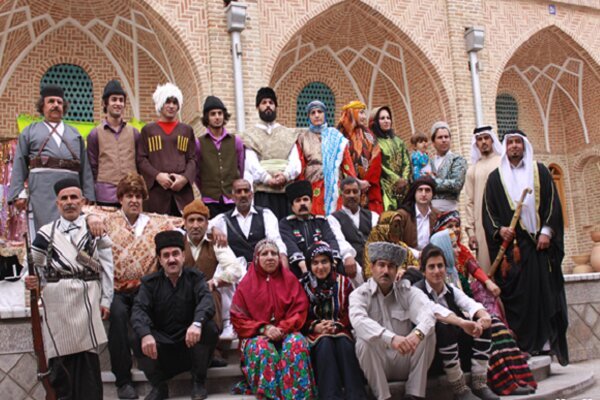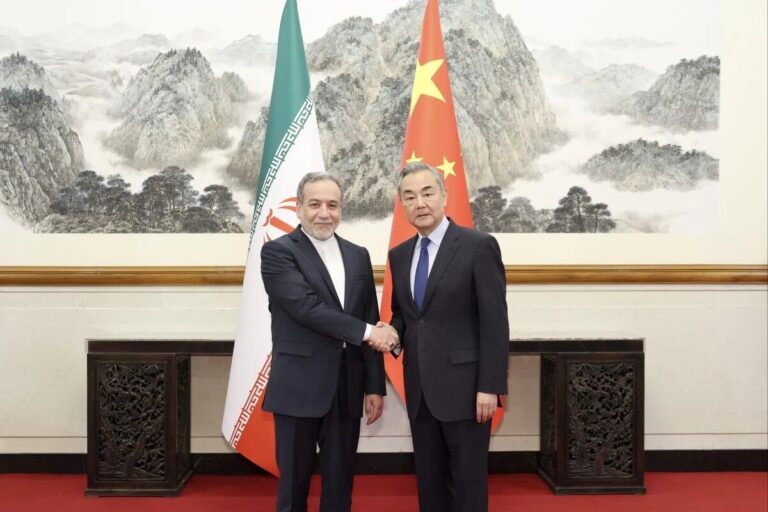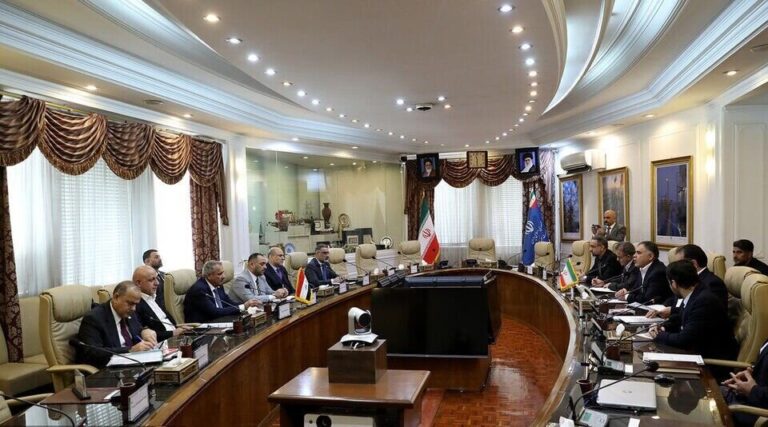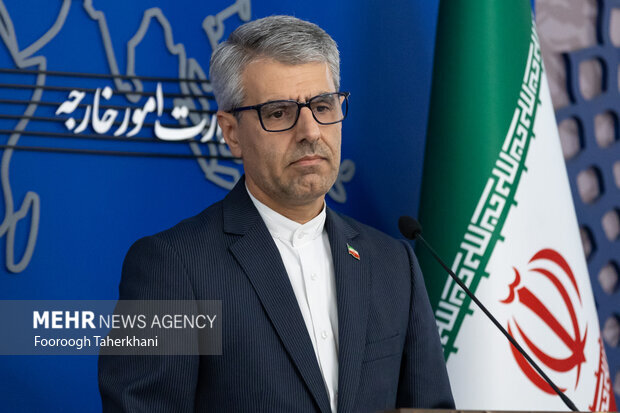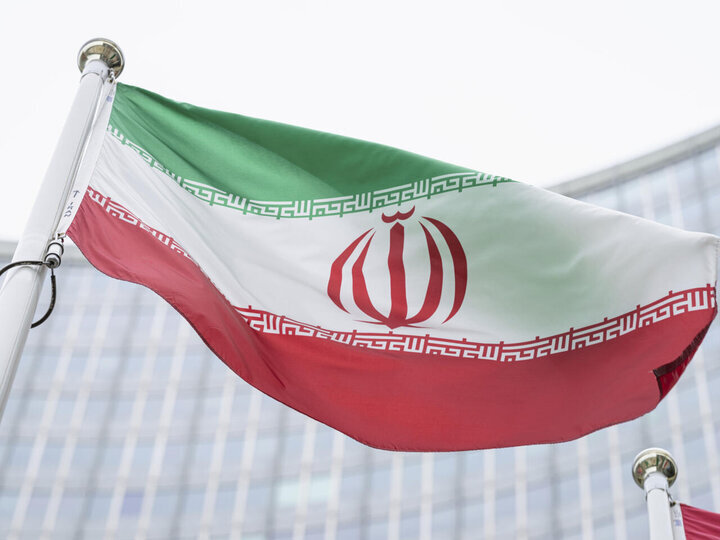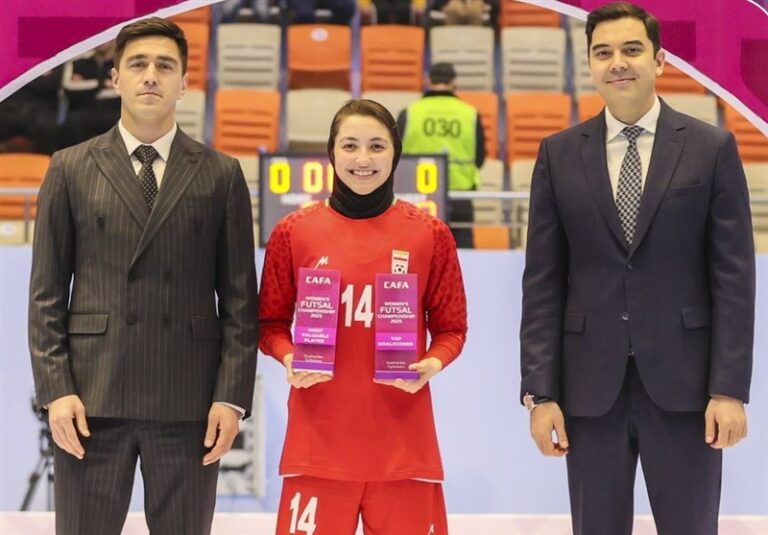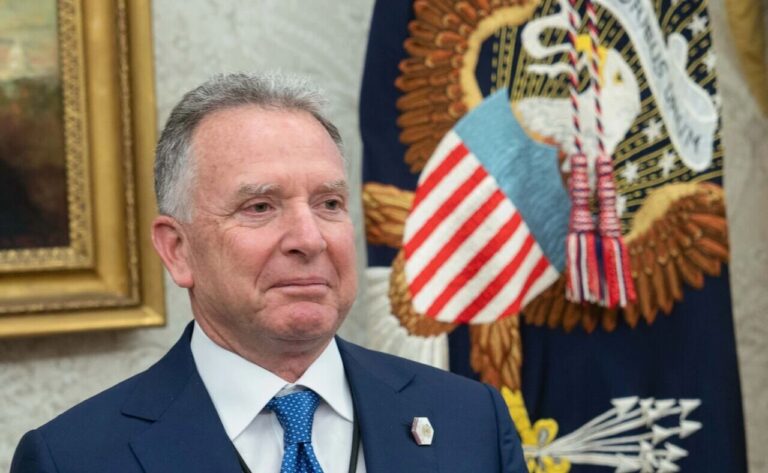Iran: A Vibrant Tapestry of Cultural Diversity and Peaceful Coexistence
The Islamic Republic of Iran, known for its rich cultural heritage and numerous registered cultural elements, aims to share its diverse voice with the world, as highlighted by the Human Rights Headquarters. May 21 marks the World Day for Cultural Diversity for Dialogue and Development, a significant event designated by UNESCO to enhance intercultural understanding, promote respect for differences, and strengthen dialogue among nations.
As a leading nation in fostering intercultural dialogue, Iran places great importance on cultural diversity, viewing it as a vital human and civilizational asset. The country, with its thousands of years of history, showcases a harmonious coexistence of various cultures, customs, and lifestyles.
The cultural heritage of Iran, encompassing both tangible and intangible elements, serves not only as a reflection of beauty and artistry but also embodies profound concepts of morality, rationality, peace-seeking, and respect for others. Notable facets of Iranian culture include:
- Nowruz: The Persian New Year, celebrated by millions around the world.
- Maqami Music: A traditional musical form that represents the country’s rich auditory heritage.
- Naqqali: A storytelling art that has been passed down through generations.
- Carpet Weaving: An intricate craft that showcases the artistic skills of Iranian artisans.
- Religious Rituals: Practices that highlight the spiritual dimensions of Iranian life.
- Local Languages: A testament to the linguistic diversity within the nation.
Each of these elements expresses a fragment of the collective spirit of Iranians and their connection with various ethnic groups and nations. In a world where approximately 89 percent of conflicts arise in countries lacking robust intercultural dialogue, the importance of fostering understanding and respect for cultural diversity cannot be overstated. Ignoring cultural differences often leads to tensions, extremism, and injustices.
Thus, intercultural dialogue transcends mere choice; it is crucial for achieving global peace, sustainable development, and mutual understanding among nations. Iran asserts, “Cultural diversity is a national asset and a guarantee of lasting peace.”
In alignment with UNESCO’s view of culture as a “global public good,” Iran—boasting numerous cultural elements inscribed on the UNESCO World Heritage List—champions cultural exchange, multilateralism, and international collaboration in the cultural sphere. The nation strives to amplify its rich and diverse voice on the global stage.
Moreover, cultural diversity is not perceived as a threat but rather as an opportunity for:
- Dialogue: Engaging in discussions that bridge gaps between different cultures.
- Synergy: Collaborating across cultures to create a harmonious society.
- Peaceful Coexistence: Living together with mutual respect and understanding.
- Building a Just World: Establishing frameworks that promote equality and human dignity.
On this significant day, UNESCO urges everyone to honor cultural diversity. By doing so, we can foster the intellectual and moral solidarity of humanity. Embracing cultural differences allows for a deeper appreciation of the richness of human experiences and paves the way for a future where diverse perspectives are celebrated. This commitment to cultural diversity not only enriches our lives but also lays the groundwork for a more peaceful and just world.
In conclusion, the celebration of cultural diversity is vital for fostering understanding and cooperation among nations. As Iran continues to advocate for intercultural dialogue and respect for differences, it reaffirms its role as a leader in promoting global peace and sustainable development through cultural richness.
